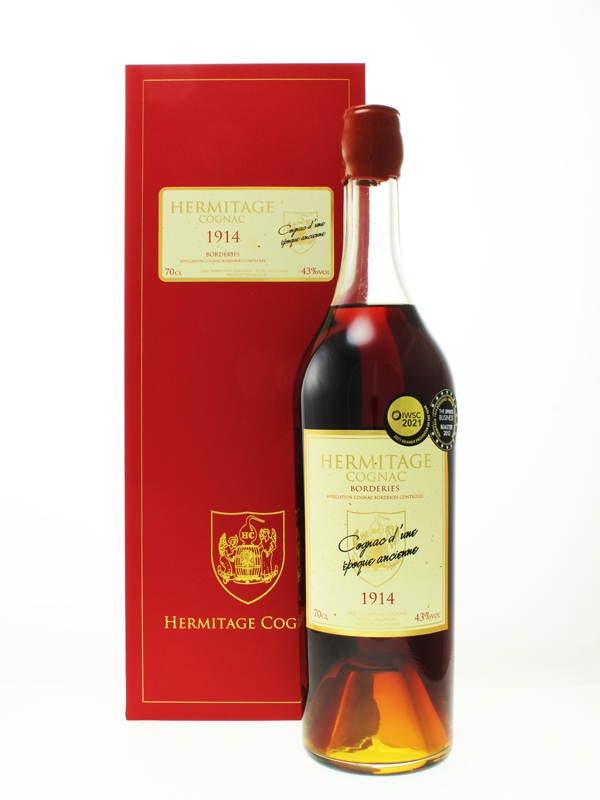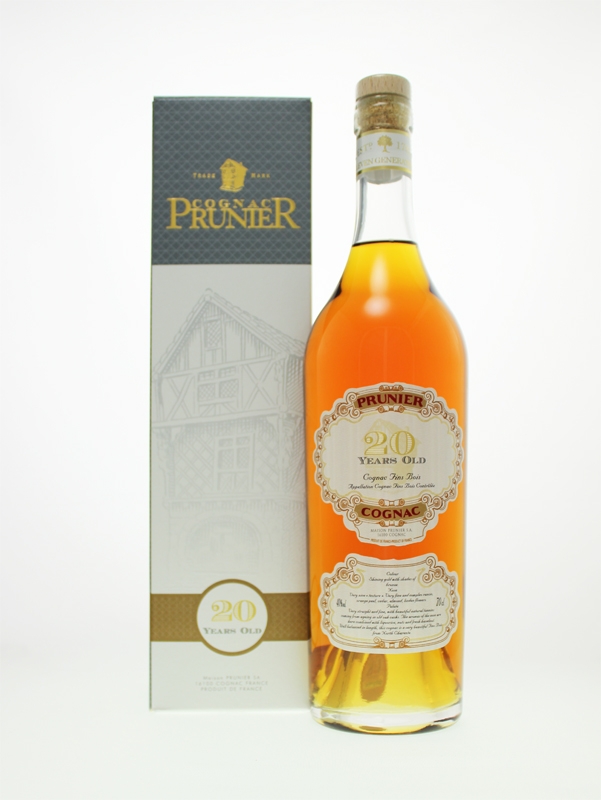Cognac sales exceed €2 billion in the last twelve months
Sales of cognac have risen 21 per cent in value to record levels. Sales figures to the end of July 2011 show that more than €2 billion worth of cognac has been sold in the previous 12 months. This is mainly due to the huge rise in worldwide exports.
Volume wise the increase is 11.5 per cent and stands at 161.5 million bottles. This means that in terms of value, cognac sales are at the highest point since appellation records began, and in terms of volume have almost reached the record breaking year to October 2007. The BNIC has, of course, welcomed these figures which show how dynamic the area’s export is. However, they urge everyone to remain cautious as financial uncertainty in the USA and Europe continues to rock the world.
These record breaking cognac sales figures have been obtained in a time that is very favourable to the product – but the continuing worldwide instability means it is difficult to predict the future. With Chinese, Russian and American sales volumes all increasing, it doesn’t look as if sales will fall any time soon!


